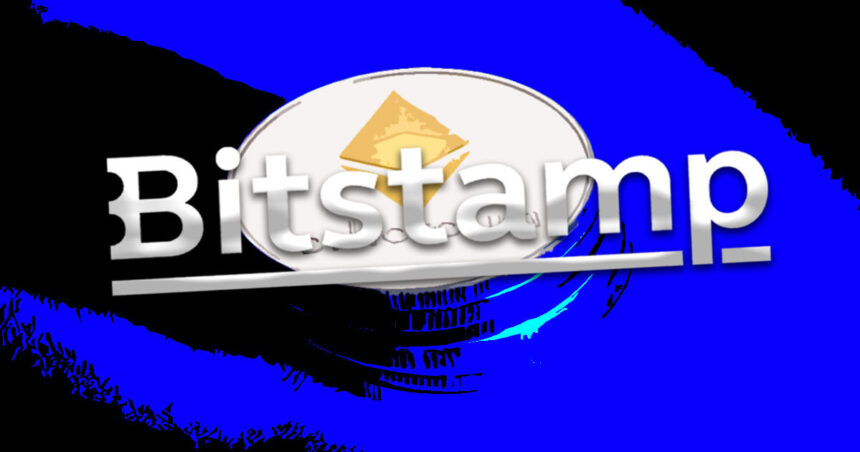Reactions trail as Bitstamp drops Euro Tether, marking a significant shift in the cryptocurrency market. This decision comes in response to the newly implemented Markets in Crypto-Assets (MiCA) regulations. Bitstamp, one of the first exchanges to list Tether’s euro-pegged stablecoin in November 2021, is now adapting to the evolving regulatory landscape. This latest crypto news highlights the impact of regulatory changes on major crypto exchanges and the broader market.
Bitstamp Adapts to MiCA Regulations: Euro Tether Delisting and Its Ripple Effect
According to sources, the MiCA regulations aim to create a harmonised framework for cryptocurrencies within the European Union. Bitstamp’s decision to drop Euro Tether is a direct response to these new rules, which introduce stringent requirements for stablecoins and other digital assets. According to a Bitstamp spokesperson, “The MiCA regulations present new challenges and opportunities for the crypto industry. We are committed to complying with these rules to ensure a secure and compliant trading environment.”
The removal of Euro Tether from Bitstamp’s platform may influence trading volumes and liquidity for Bitcoin (BTC) and Ethereum (ETH). Traders who relied on Euro Tether for transactions might need to adjust their strategies, potentially impacting BTC ETH trading pairs. This cryptocurrency update underscores the interconnectedness of various digital assets and the importance of regulatory compliance in maintaining market stability.
Market Response to Bitstamp’s Euro Tether Delisting: Balancing Compliance and Innovation
As Bitstamp drops Euro Tether, it elicits mixed reactions from the market. Some investors appreciate the exchange’s proactive approach to regulatory compliance, while others are concerned about the potential disruption to trading activities. A market analyst commented, “Bitstamp’s decision reflects the growing influence of regulatory bodies on the crypto market. Investors need to stay informed and adaptable as these changes unfold.” Stablecoins like Euro Tether play a crucial role in providing liquidity and stability in the volatile crypto market. Bitstamp’s move to delist Euro Tether raises questions about the future of stablecoins under stricter regulatory regimes.
This highlights the ongoing evolution of the market and the need for exchanges to balance innovation with compliance. As the regulatory arena evolves with new rules, Bitstamp’s decision may set a precedent for other exchanges to follow, leading to a more standardised and regulated crypto market. Meanwhile, investors are closely watching the developments, adjusting their strategies to navigate the changing landscape and ensuring they are well-positioned for the future.
Bitstamp’s Strategic Response to Regulatory Evolution
Bitstamp’s decision to drop Euro Tether is part of a broader strategy to navigate the regulatory landscape. The exchange will likely explore alternative stablecoins and trading pairs that align with the MiCA framework. This cryptocurrency update points to the importance of strategic planning and adaptability in the face of regulatory changes. As Bitstamp drops Euro Tether, traders may seek alternative stablecoins or fiat currencies for their transactions. This shift could lead to increased demand for other stablecoins that meet regulatory standards.
Experts believe that exchanges and traders alike must be agile in adjusting to new regulations. Bitstamp’s actions may set a precedent for other platforms navigating similar challenges. Bitstamp aims to ensure a seamless trading experience for its users and maintain its position as a leading cryptocurrency exchange by proactively adapting to regulatory requirements. As the regulatory arena continues to evolve, Bitstamp’s strategic approach may serve as a model for other exchanges seeking to balance compliance with innovation.
Bitstamp Drops Euro Tether: Navigating Regulatory Impact
Bitstamp’s bold move to drop Euro Tether amid the new MiCA regulations signifies a pivotal moment in the cryptocurrency market. This decision underscores the growing impact of regulatory frameworks on crypto exchanges and the broader market. As the latest crypto news reveals, these evolving rules will shape the future of stablecoins and digital asset trading. Investors and market participants must stay informed and adaptable to navigate this dynamic landscape successfully.






















Blockchain trends useful!